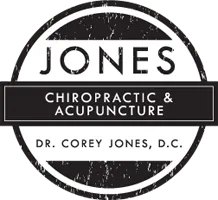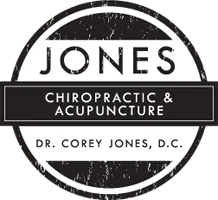The Macintosh operating system contains a subprogram called "Time Machine" that allows you to reset your status to any previously saved state. Provided that you have designated a location for backups, you can literally go back in time and recover documents, directories, and applications you may have overwritten, deleted, or otherwise lost. "Time Machine" is a marvelous productivity tool that permits us to recover from our mistakes. Wouldn't it be wonderful if we had a similar "Time Machine" that would enable us to recover our lost good health? The very good news is that we do.
In fact, you don't have to be a real-life character in an H.G. Well's fantasy tale to be able to achieve a certain degree of metaphorical time travel. You may recall the slogan, "50 is the new 30," which spread quickly through worldwide media outlets about 10 years ago. The notion that "60 is the new 40" soon followed. Surprisingly, unlike most sound bites that propagate effortlessly along social media pipelines, these hopeful phrases actually contained meaningful content. Age 50 and age 60 could, in numerous respects, really be the new 30 and 40.
But not everyone is willing to do what it takes to either slow down time's relentless ticking or to turn back the clock. Real time, that is, your personal time, and real effort are required to achieve the goal of prolonged good health. People age 50, 60, 70, and more-than-80 can enjoy the physical capabilities (mostly), the mental sharpness, and the appearance (within reason) that we used to think belonged only to persons 20 or more years younger. The price of admission to such a process is continuously engaging in the inner workings of the time machine that is available to each of us. We activate and maintain the operation of this "relativistic" system by eating a healthy diet, doing vigorous exercise for at least 30 minutes five times a week,1,2 and getting sufficient rest on a regular basis, which for most of us means 7 or more hours of sleep per night.
Upon being told of these requirements for good health,3 many people will push back. "I don't have the time" is the primary reply. Of course, one is free not to eat right. One is free not to exercise. But the results of not following-through on these action steps are profound. Heart disease, diabetes, and obesity are the primary outcomes of not engaging in health-promoting behaviors. Interestingly, many people are aware that failing to participate in healthy activities will lead to cardiovascular disease and related disorders. Obviously, mere awareness is not sufficient. What is required is an active choice. If we desire to gain the benefits of our personal time machine we must be willing to pay the price of time.
1Phillips C, et al: Neuroprotective effects of physical activity on the brain: a closer look at trophic factor signaling. Front Cell Neurosci 8:170, 2014
2Lee JS, et al: Effects of 8-week combined training on body composition, isokinetic strength, and cardiovascular disease risk factors in older women. Aging Clin Exp Res 2014 Jul 6. [Epub ahead of print]
3Erickson KI, et al: Physical activity, fitness, and gray matter volume. Neurobiol Aging 35S2:S20-S28, 2014

